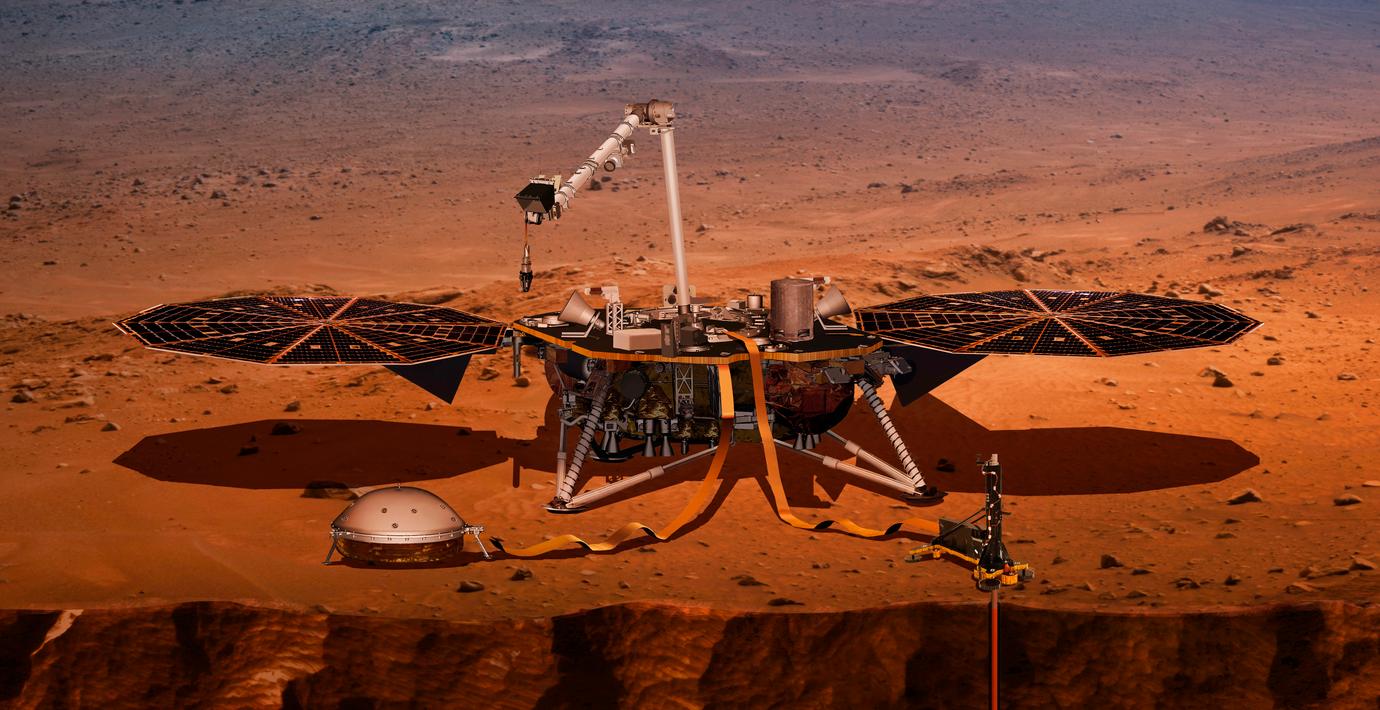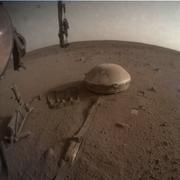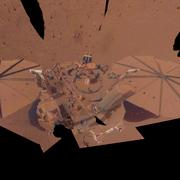
Nasa ska kartlägga Mars inre för första gången
Nu ska planeten Mars inre kartläggas för första gången. Det är Nasas nya sond Insight som i morgon ger sig ut på en sju månader lång resa mot den röda planeten. Väl på plats ska sonden skicka ner en modul till planetens yta, som i sin tur bland annat ska hamra sig ner genom ytan för att undersöka hur fort värme stiger från planeten inre, rapporterar The Guardian.
Även en ytterst känslig seismograf kommer att placeras på ytan för att fånga upp och mäta jordbävningar och meteoritnedslag på planeten.
– Vi hoppas kunna göra den första kartan över Mars inre (...) och för första gången verkligen förstå dess struktur, säger Bruce Banerdt som är ansvarig för projektet på Nasa.
bakgrund
InSight
Wikipedia (en)
InSight is a robotic Mars lander designed to study the interior and subsurface of Mars, which would in turn help scientists to understand the Earth and Solar System history. The mission is planned to launch in May 2018 and land on the surface of Mars in November 2018, where it will deploy a seismometer and a burrowing heat probe. It will also perform a radio science experiment to study the internal structure of Mars.
The lander was manufactured in the 2010s by Lockheed Martin Space Systems and was originally planned for launch in March 2016. Due to the failure of its SEIS instrument prior to launch, NASA announced in December 2015 that the mission had been postponed, and in March 2016, launch was rescheduled for 5 May 2018. The name is a backronym for Interior Exploration using Seismic Investigations, Geodesy and Heat Transport.
InSight's objective is to place a stationary lander equipped with a seismometer and heat transfer probe on the surface of Mars to study the planet's early geological evolution. This could bring new understanding of the Solar System's terrestrial planets — Mercury, Venus, Earth, Mars — and the Earth's Moon. By reusing technology from the Mars Phoenix lander, which successfully landed on Mars in 2008, it is expected that the cost and risk will be reduced.
Following a persistent vacuum failure in the main scientific instrument, the launch window was missed, and the InSight spacecraft was returned to Lockheed Martin's facility in Denver, Colorado, for storage. NASA officials decided in March 2016 to spend an estimated US$150 million to delay launching InSight to May 2018. This would allow time for the seismometer issue to be fixed, although it increased the cost from the previous US$675 million to a total of $830 million.
Omni är politiskt obundna och oberoende. Vi strävar efter att ge fler perspektiv på nyheterna. Har du frågor eller synpunkter kring vår rapportering? Kontakta redaktionen



